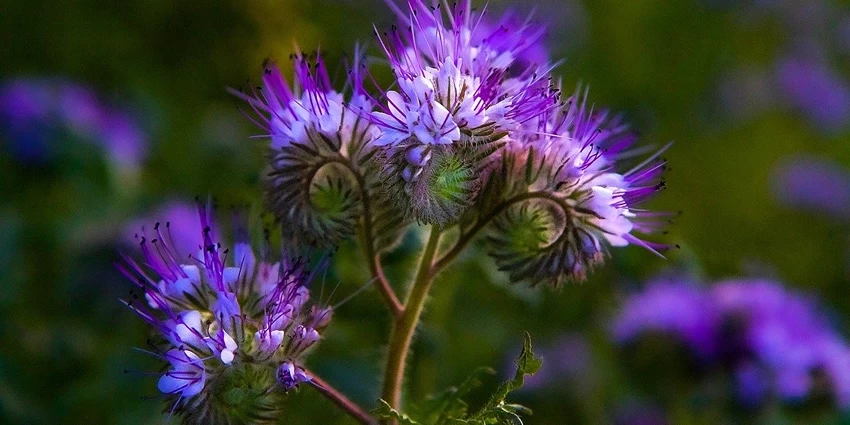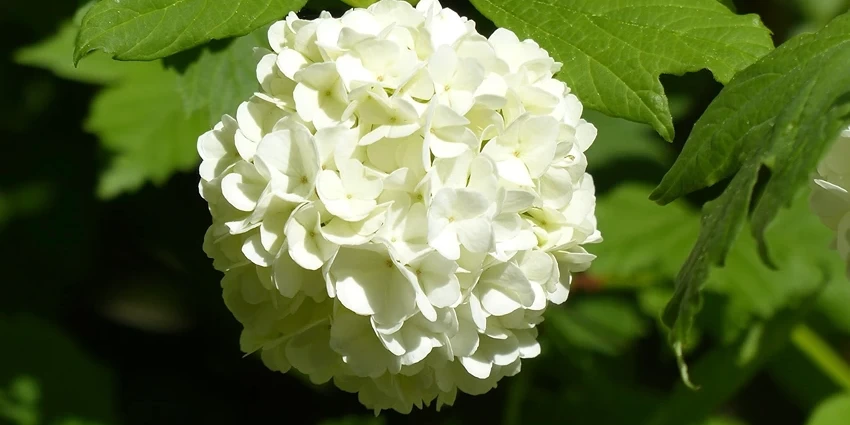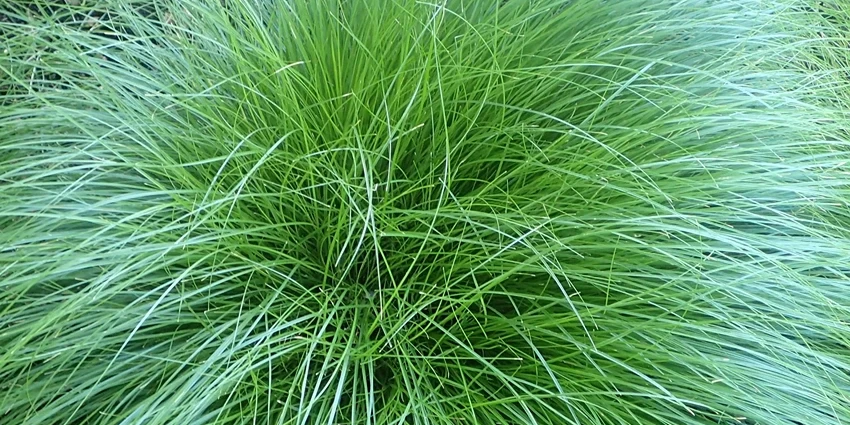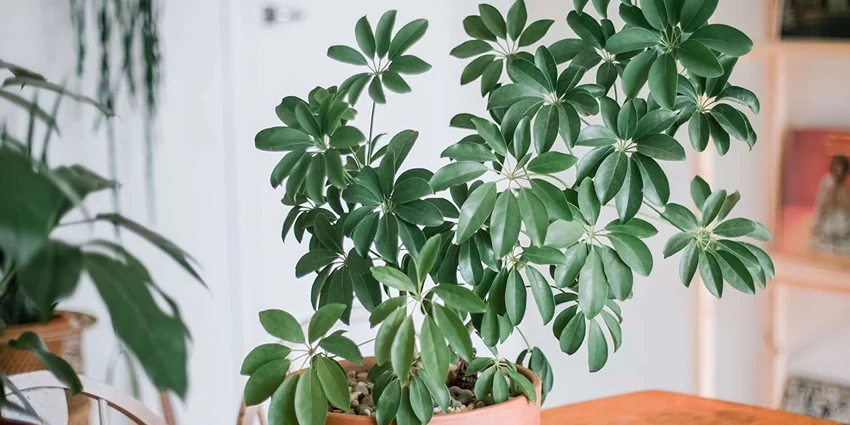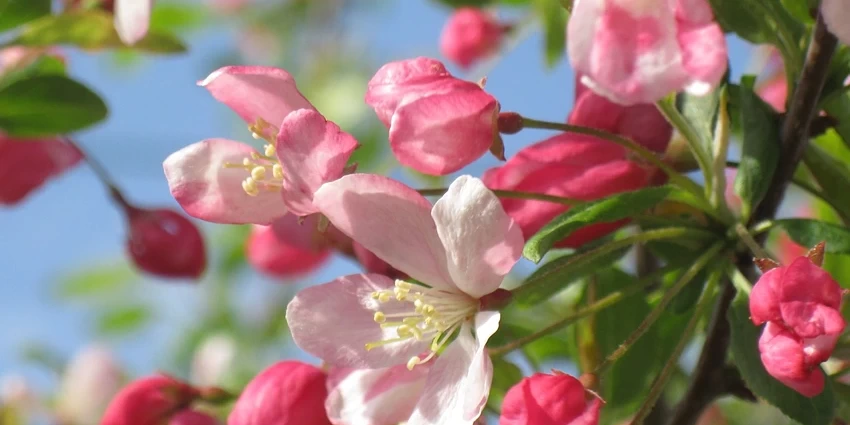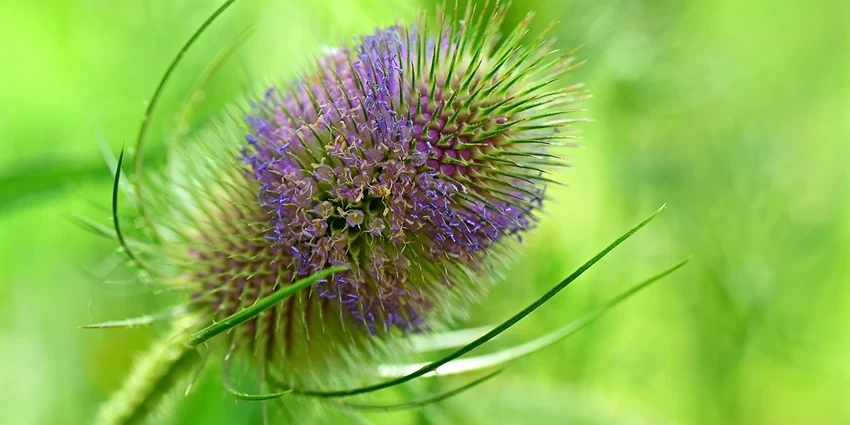All products were chosen independently by our editorial team. This review contains affiliate links and we may receive a commission for purchases made. Please read our affiliates FAQ page to find out more.
Home » How to » Grow Plants » How to Grow Phacelia
Phacelia, known for its captivating blooms and pollinator-friendly nature, has emerged as a gardener’s delight. This hardy plant not only adds a splash of color to your garden but also plays a crucial role in promoting biodiversity and soil health. Here’s everything you need to know about growing Phacelia, from sowing to caring, making it a perfect addition to your green space.
Key Takeaways
- Ideal Conditions: Prefers cool soil, full sun, and well-drained soil.
- Sowing: Best practices include proper depth and spacing for seeds.
- Growth Locations: Thrives in various climates and garden settings.
- Plant Care: Low-maintenance; requires minimal watering and no additional fertilization.
- Propagation: Easily propagated through seeds.
Introduction to Phacelia
Phacelia, a vibrant and versatile plant, is not just a visual treat but also a boon for garden ecosystems. Its ability to attract pollinators and contribute to soil health makes it a valuable addition to any garden. Phacelia’s role in organic gardening and ecosystem services can’t be overstated, as it supports biodiversity and sustainable practices.
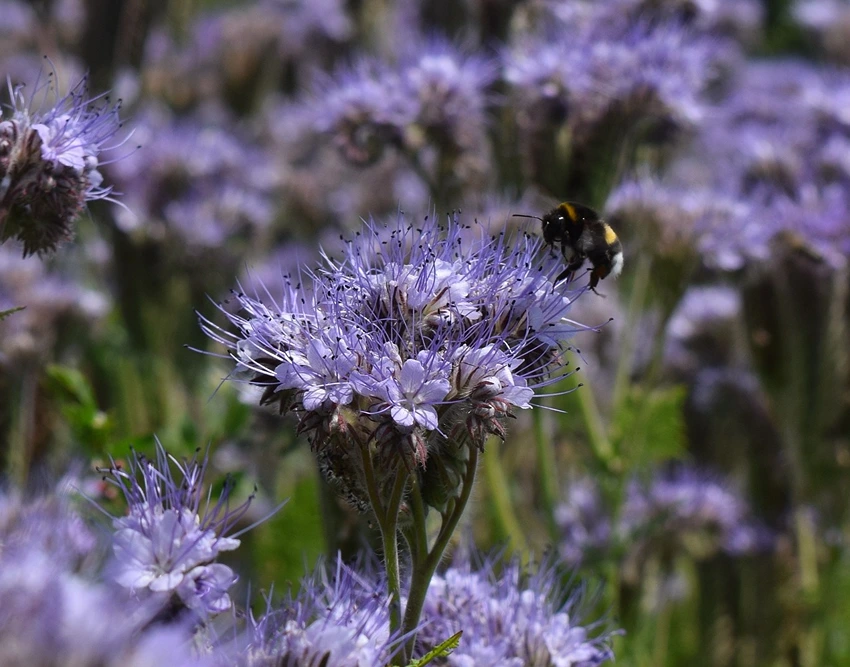
How to Grow Phacelia
Phacelia’s growth begins with understanding its basic requirements. This plant thrives in full sun and cool, well-drained soil, making it suitable for a variety of garden types. When it comes to soil pH, Phacelia is not fussy, though a neutral pH of around 6.5 to 7 is optimal.
Sowing Seeds
The secret to successful Phacelia cultivation lies in the sowing process. Phacelia seeds need darkness to germinate, so sowing them at the right depth is crucial. Here’s a step-by-step guide to sowing Phacelia seeds:
- Seedbed Preparation: Before the last frost date, prepare your seedbed by incorporating compost and smoothing the surface.
- Sowing Depth and Spacing: Sow the seeds about 1/4 inch deep, ensuring they are lightly covered to prevent drying out. Space them about 2 inches apart.
- Watering: Keep the soil surface moist until seedlings emerge, typically within 7 to 14 days.
Optimal Germination Conditions
| Condition | Requirement |
| Soil Temperature | Cool, around 55°F (13°C) |
| Sowing Depth | 1/4 inch (6 mm) |
| Germination Time | 7-14 days |
| Light Conditions | Needs darkness for germination |
Where to Grow Phacelia
Phacelia is adaptable to various climates, from the cooler northern regions to the warmer southern zones. It’s a plant that can grow in zones 3 to 10, making it a versatile choice for gardeners across different geographical locations.
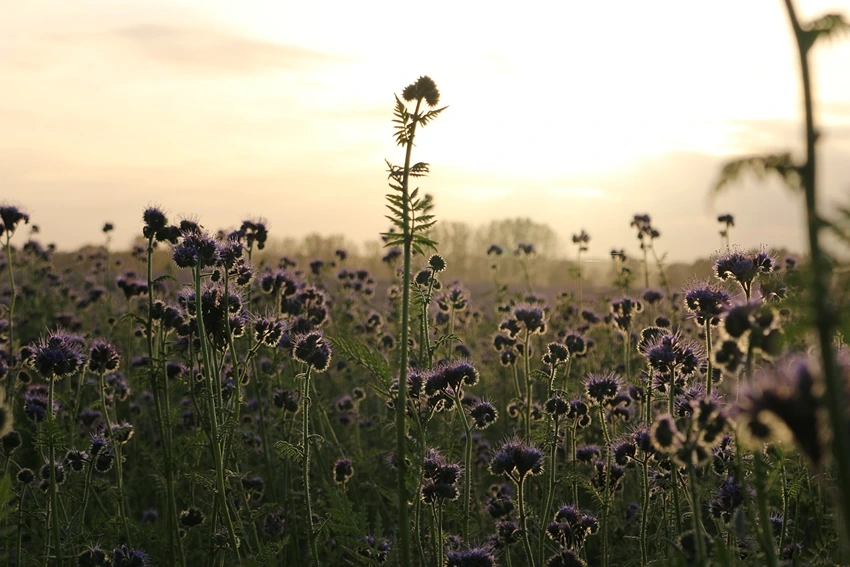
Ideal Garden Settings
Phacelia is not just limited to flower beds; it can be grown in containers, as a border plant, or even as a green manure crop in vegetable gardens. Its ability to grow in average soil types, including sandy and even poor soils, adds to its versatility.
How to Plant Phacelia
Once you’ve sown the Phacelia seeds, the next step is ensuring they grow well. Here’s a guide on how to plant Phacelia effectively:
- Thin Seedlings: Once germinated, thin the seedlings to about 10 inches apart. This gives each plant ample space to flourish.
- Watering: Regular watering is essential, especially during dry spells. However, avoid overwatering, as Phacelia does not like standing water.
- Soil Requirements: Phacelia can tolerate average to poor soils, but well-draining soil is essential to prevent root rot.
Planting Table
| Aspect | Detail |
| Spacing | 10 inches apart |
| Soil Type | Well-drained, average to poor |
| Watering | Regular, avoid overwatering |
Register for our latest in-depth reviews and product round-ups from the experts.
Enter your email address below to receive our monthly review emails.
By entering your details, you are agreeing to our terms and conditions and privacy policy. You can unsubscribe at any time.
Caring for and Propagating Phacelia in Your Garden
Continuing from our comprehensive guide on growing Phacelia, this section delves into the care and propagation of this beneficial plant, along with solutions to common problems and a variety of Phacelia you can grow.

Caring for Phacelia
Once Phacelia plants are established, they require minimal care, making them an excellent choice for gardeners of all levels.
Watering and Feeding
Phacelia plants are quite drought-tolerant, needing water only during prolonged dry periods. Overwatering should be avoided to prevent root rot.
Pruning and Maintenance
Regular deadheading of Phacelia prevents self-seeding, which can lead to invasive growth. Prune the plants after blooming to manage their spread.
Care Table
| Aspect | Detail |
| Watering | Only during prolonged dry periods |
| Feeding | Not required |
| Pruning | Deadhead after blooming |
How to Propagate Phacelia
Propagation of Phacelia is primarily done through seeds, which can be easily harvested and sown.
Seed Harvesting and Sowing
- Harvest Seeds: Collect seeds after flowering.
- Sowing: Sow seeds directly in the garden in cool soil.
Growing Phacelia: Problem Solving
Phacelia is a hardy plant with few pest or disease issues. However, common garden pests like aphids, slugs, and snails can sometimes be a problem.
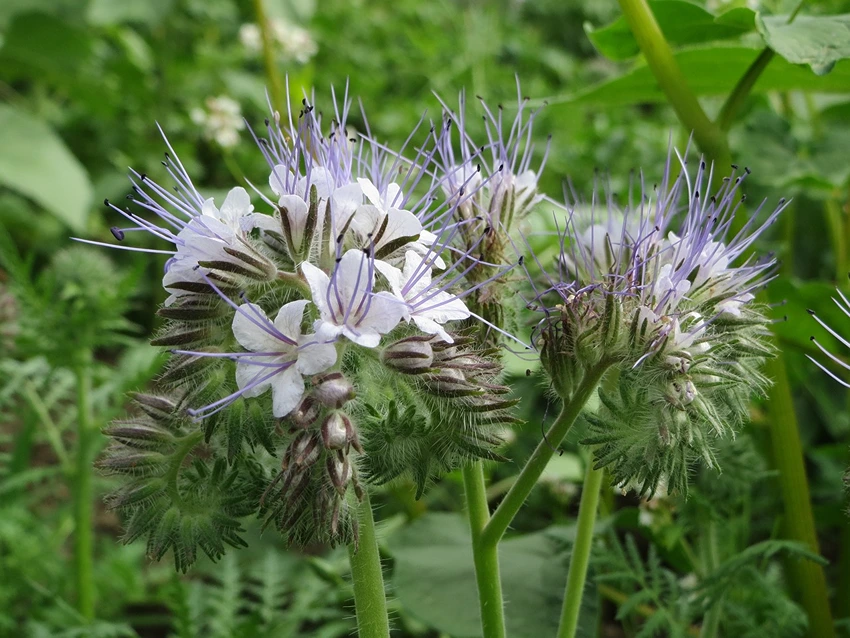
Pest and Disease Management
| Pest/Disease | Solution |
| Aphids | Use organic insecticidal soaps |
| Slugs/Snails | Manual removal or barriers |
Varieties of Phacelia to Grow
Several varieties of Phacelia offer different aesthetic and functional benefits for gardens.
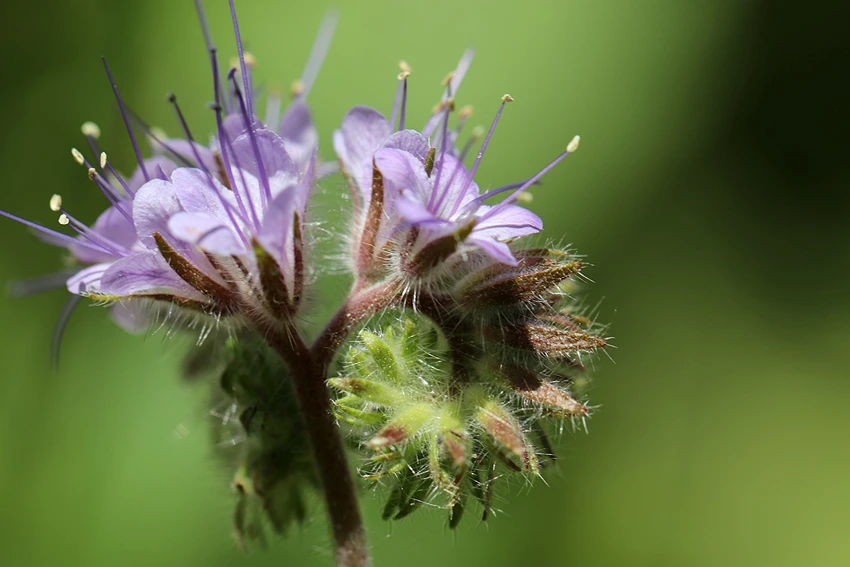
Popular Varieties
- Lacy Phacelia (Phacelia tanacetifolia): Known for its blue-purple flowers and fern-like foliage.
- California Bluebells (Phacelia campanularia): Features deep cobalt blue, bell-shaped flowers.
Variety Table
| Variety | Flower Color | Special Features |
| Lacy Phacelia | Blue-purple | Attracts butterflies and bees |
| California Bluebells | Cobalt blue | Ideal for containers |
Eleanor is the quintessential spirit of the British gardener — passionate, dedicated, and endlessly curious about the natural world. Born and raised amidst the verdant landscapes of the Cotswolds, she developed an early love for the outdoors, often spending hours in the family garden with her hands buried in the soil, nurturing every type of plant she could find.


